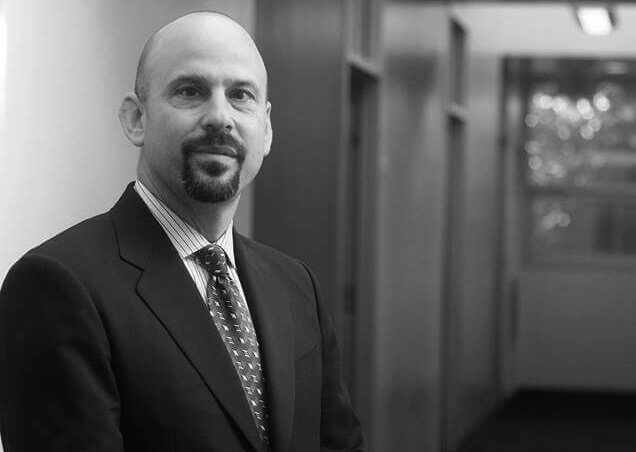
San Francisco Accessory Dwelling Units & In-Law Unit Planning

If you own San Francisco residential real estate, the new in-law unit regulations may present opportunities for you to legally increase your property's rental income and/or simply provide your family with additional segregated living space. Bornstein Law can help you navigate the complex and ever-changing regulations of this program.
To evaluate the potential risks and rewards, contact our law offices →
Exasperated by California's housing shortage, a growing throng of politicians, economists and urban planners alike are touting the value of Accessory Dwelling Units to increase housing stock by relaxing density restrictions and re-thinking how we use existing land. These hybrid living arrangements are known more popularly as in-law units, granny flats or secondary units, among other descriptions. The number of terms we’ve used to coin these structures suggests their inherent multiplicity of function, and it’s this flexibility that is so attractive. View our blog post with an introduction on these pint-sized units.
Property owners are becoming increasingly creative in carving out simple and economical apartments within the envelope of an existing building or as a detached structure in the rear of a lot. Amendments to the state Government Code have slashed a lot of red tape involved in erecting in-law units, but local governments are tasked with enacting their own ordinances to align with State law.
San Francisco’s flirtation with ADU’s have evolved since the inception of Ordinance 30-15, which first rolled out the authorization of in-law units in the Castro District. This carrot was only dangled in front of homeowners that, as a precondition, opted in for a voluntary or mandatory seismic retrofit.
The city warmed up with Ordinance 162-16, which created an ADU program in all of San Francisco proper. Watch the San Francisco Planning Department’s video introducing the city-wide rollout.
Enter Ordinance 95-17, which was implemented to reset the City’s rules and bring them in tandem with Senate Bill No. 1069 and AB 2299, which bans local governments from enacting burdensome, excessive or arbitrary regulations that stifle the creation of second units.
San Francisco has codified two ADU programs depending on the number of units. For buildings with four units are less, one ADU is permitted, while properties that contain five or more units are permitted to build unlimited ADUs.
Interestingly, most of the action in the ADU building activity in San Francisco is occurring in larger apartment buildings, in a soft way to increase density dispersed fashion without altering the physical landscape, according to this article. It seems that owners of these larger income properties, who generally have more experience in the building trade than single family owners or mom and pop landlords, are increasingly taking advantage of the ordinance with creative flair.
Notably, Ordinance 95-17 eliminates the need to obtain a Zoning Administrator Waiver to install a unit in any RH-1 (D) lot, referring to a Single-Family Dwelling lot with the lowest density zoning and requires side yards.
San Francisco has seen an uptick in the number of permits applied for, and while we do not have a crystal law, Bornstein Law is encouraged by the tailwinds that favor building new ADU’s that will not singlehandedly solve the housing shortage, but will be a meaningful step to increase inventory.
We will have to wait to see if this trend continues and what the total impact of San Francisco’s ordinances will be in generating new ADUs, but BuildZoom’s data suggest that the initial response is promising. In a city where there are limited options for building new affordable homes, this is an important first-step towards meaningfully increasing the supply of housing.


